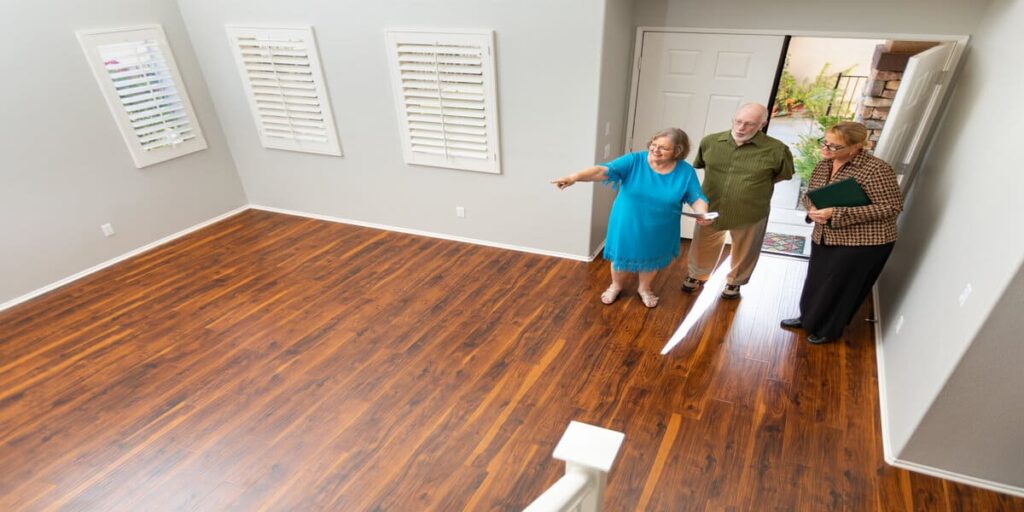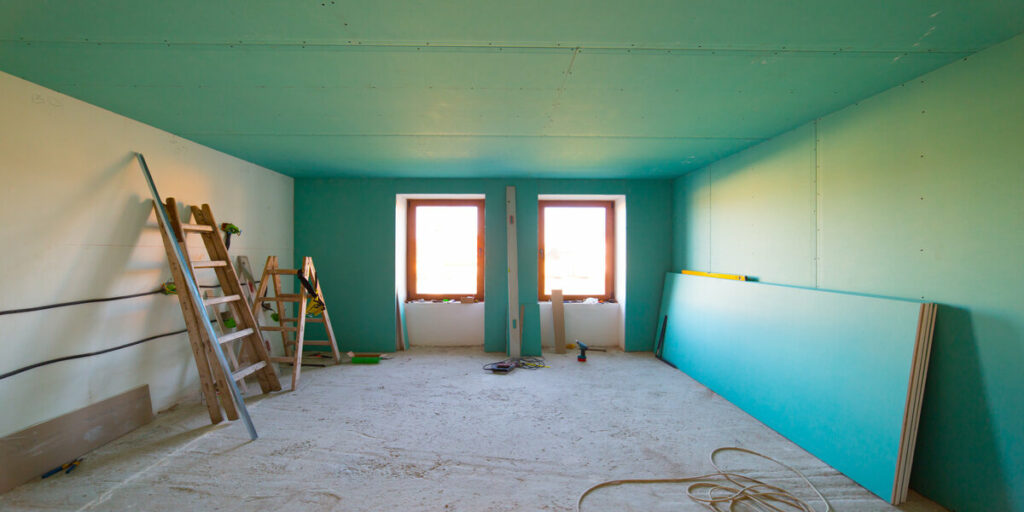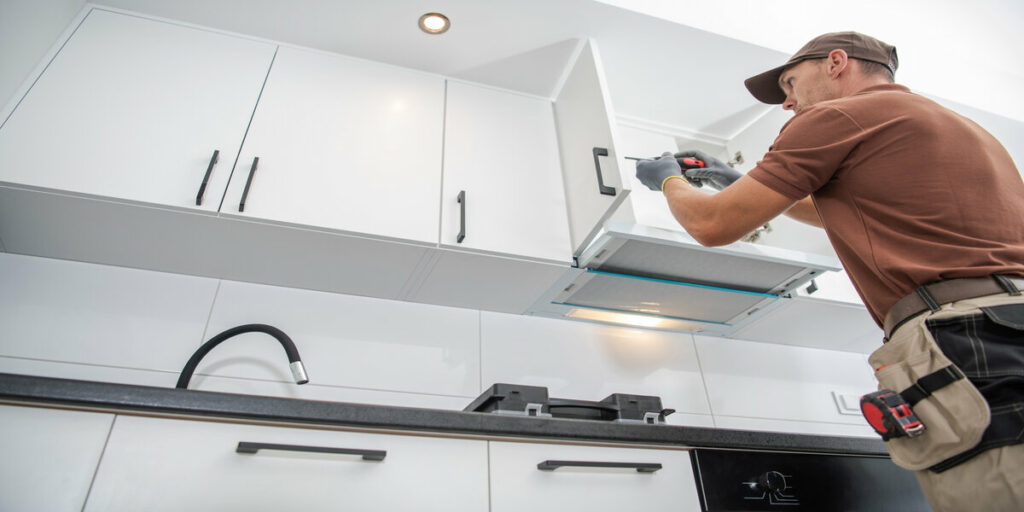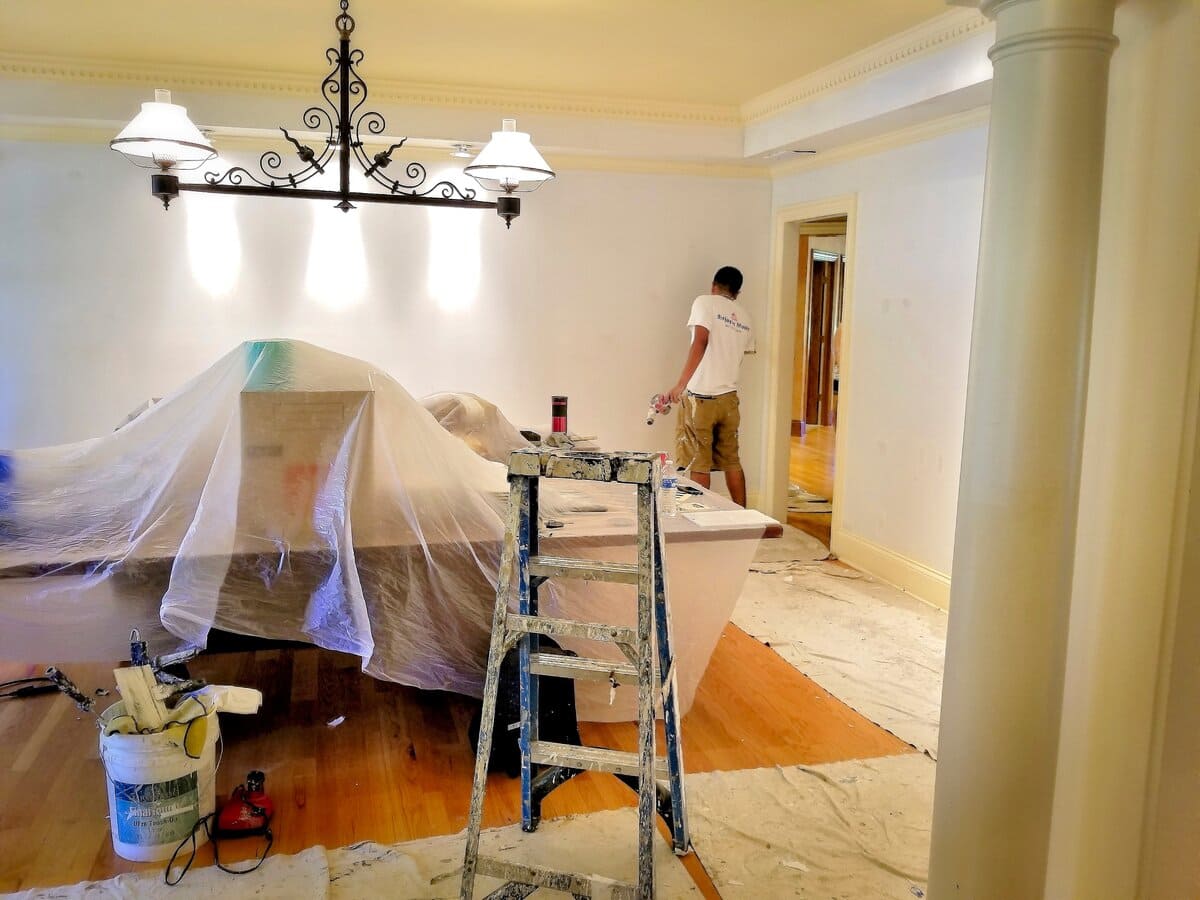Property remodeling encompasses a wide range of activities aimed at enhancing or transforming the existing structure and aesthetic of a residential or commercial space. Remodel property can involve anything from minor updates like painting and decorating to major structural changes such as adding rooms or renovating entire property sections. The primary objective is often to improve the space’s functionality, comfort, or aesthetic appeal, but a significant motivation is also the potential to increase the property’s market value. Through strategic remodeling, homeowners and investors can create a more enjoyable living or working environment and capitalize on the investment by boosting the property’s appeal to future buyers or tenants, thus commanding a higher price or rental income.
Real Estate Market Dynamics for Remodel Property
A thorough analysis of real estate market trends is indispensable for property owners considering remodeling. It involves examining recent shifts in housing demand, pricing trends, and consumer preferences to align renovation projects with current and future market expectations. By staying attuned to these dynamics, homeowners can make strategic decisions that enhance the property’s value and appeal in a fluctuating market.
Interest Rates: The Financial Lever in Property Renovations
Interest rates are pivotal in shaping the cost and feasibility of borrowing for renovations. When rates are low, borrowing becomes more affordable, encouraging homeowners and investors to finance remodels or significant property improvements. Higher interest rates can increase loan costs, potentially making renovations more expensive and discouraging extensive projects. Understanding these impacts helps plan renovation projects’ timing and scale to align with financial strategies and market conditions.
Real Estate Availability and Market Demand
The availability of real estate properties and the level of market demand are significant factors in the decision to remodel. A market flush with available properties might encourage renovations as owners look to differentiate and enhance the appeal of their listings. Conversely, even minor improvements can significantly increase a property’s attractiveness and value in a market with high demand and limited availability. Property owners must gauge these market conditions to time their remodeling endeavors for optimal return on investment and marketability.

Advantages of Remodeling in the Current Climate
Remodeling in the current economic climate offers several distinct advantages. Property owners might find lower costs for materials or services, particularly in fluctuating markets where demand and prices can vary. Additionally, a well-timed remodel can give a property an edge in the real estate market, making it stand out among listings with modern upgrades or bespoke features. Beyond the financial incentives, remodeling enhances the owner’s enjoyment and utility of the property, allowing for a tailored living experience or improved functionality that aligns with evolving lifestyle needs or preferences. These advantages combine to make the present a suitable time for property owners to consider investing in renovations.
Financing Remodels: Exploring Loans, Mortgages, and Credits
Financing options for property remodeling are diverse, offering various pathways to fund projects. Traditional loans, such as personal or home improvement loans, provide direct cash but often come with interest and strict repayment terms. Mortgages can be refinanced to access equity built up in the property, allowing owners to borrow against their home’s value for substantial renovations. Additionally, lines of credit serve as a flexible option, offering a set amount of funds to be drawn from as needed. Each option carries its considerations, such as interest rates, repayment periods, and eligibility criteria, making it crucial for property owners to assess their financial situation and project needs to choose the most advantageous and sustainable financing method.
Strategic Budget Planning for Remodeling Projects
Effective budget planning is a cornerstone of any successful remodeling project. It begins with a detailed assessment of all expected expenses, including materials, labor, permits, and unforeseen contingencies. Property owners should also factor in the cost of living arrangements if the remodel requires them to relocate temporarily. Comparing quotes from contractors and suppliers can ensure competitive pricing and help prevent budget overruns. Setting a budget for unexpected expenses can provide financial cushioning against surprises. By thoroughly planning and monitoring the budget throughout the project, homeowners can maintain financial control and avoid the stress of cost overruns.
Cost vs. Value: Maximizing Return on Investment in Remodeling
Understanding the relationship between cost and value is critical in remodeling projects to ensure a favorable return on investment (ROI). This involves assessing how much a renovation will cost against the potential property value and appeal increase. Not all renovations offer the same level of return; for example, kitchen and bathroom updates typically yield higher returns than other areas. Additionally, the quality of materials and workmanship can significantly affect the long-term value added. Property owners should research which renovations are most valued in their specific market and consider the balance between current trends and timeless appeal. By strategically investing in the right renovations, homeowners can maximize their property’s enjoyment and market value.

Recent Advancements in Construction Materials and Techniques
The construction industry has seen significant advancements in materials and techniques, offering improved durability, efficiency, and aesthetics for remodeling projects. Modern materials such as composites, high-performance glass, and sustainable resources like bamboo provide both environmentally friendly and aesthetically pleasing options. Techniques like modular construction and 3D printing are revolutionizing how renovations can be executed, allowing for faster, more precise, and often cost-effective building processes. Additionally, advances in insulation, heating, and cooling technologies contribute to more energy-efficient homes. Keeping abreast of these innovations allows homeowners and builders to make informed decisions, utilizing modern construction’s best for durable, efficient, and innovative remodels.
Embracing Sustainability: Energy-Efficient and Sustainable Remodeling Options
Incorporating energy-efficient and sustainable options into remodeling projects is becoming popular due to environmental concerns and potential cost savings. Energy-efficient solutions include installing LED lighting, energy-star-rated appliances, high-efficiency windows, and improved insulation methods. These upgrades reduce energy consumption, lowering utility bills and a smaller carbon footprint. Sustainable materials like reclaimed wood, recycled glass, or low-VOC paints enhance a home’s ecological friendliness, often adding unique aesthetic appeal. Additionally, renewable energy sources can significantly decrease long-term energy costs and increase property value. Homeowners can enjoy a more comfortable, cost-effective, and environmentally responsible living space by choosing energy-efficient and sustainable remodeling options.
Integrating Smart Home Technology
Integrating smart home technology is a forward-thinking approach to remodeling that offers convenience, efficiency, and enhanced security. These systems range from basic automated lighting and climate control to advanced security systems and integrated home assistants. Smart thermostats, for example, learn a homeowner’s schedule and preferences to optimize heating and cooling, reducing energy consumption. Meanwhile, smart locks and security systems provide remote monitoring and control, enhancing safety. The integration of these technologies can be tailored to individual lifestyles, offering personalized automation and control that improves the functionality and comfort of the home. Integrating smart systems in a remodel improves living standards and increases the property’s future marketability and appeal as technology advances.
Impact of Different Remodeling Projects on Property Value
The impact of remodeling on property value varies significantly with the type and scale of the project. Kitchen and bathroom renovations are typically known for yielding the highest returns due to their essential roles in daily life and buyer appeal. Adding usable space, such as finishing a basement or adding a room, can also significantly increase a property’s market value by boosting the overall square footage. Exterior improvements like landscaping or curb appeal enhancements contribute to a positive first impression, potentially increasing buyer interest and value. However, overly personalized or niche renovations might not appeal to the broader market, limiting their return on investment.
Tailoring to Trends: Understanding Local Real Estate Market Preferences
Grasping the preferences of the local real estate market is crucial for ensuring that remodeling efforts align with what buyers or renters in the area are seeking. This involves researching the most sought-after features, styles, and layouts in local homes. In some markets, open floor plans, outdoor living spaces, or energy-efficient designs might dominate buyer interest, while in others, historical preservation or luxury finishes could be more valued. Local climate, lifestyle, and cultural factors also play a significant role in shaping market preferences.
Engaging with real estate professionals, studying recent sales, and observing neighborhood trends can provide valuable insights into what enhancements will make a property more attractive and competitive in its specific market. By understanding and catering to these local preferences, homeowners can make more informed decisions that increase their property’s appeal and potential value.
Strategies for Effective Planning and Execution of a Remodel
Effective planning and execution are essential for a successful remodel, starting with clear objectives and a detailed plan that outlines design, materials, and budget. Engaging skilled professionals early on ensures expert guidance while securing the necessary permits and understanding local regulations ensures compliance. Throughout the project, maintaining open communication with contractors and regularly monitoring progress helps mitigate challenges and keep the project on track. With careful planning, a collaborative approach, and flexibility to adapt, homeowners can achieve a successful and rewarding remodeling outcome.

Selecting the Best Team: Choosing the Right Contractors and Architects
Choosing the right contractors and architects is critical in remodeling, impacting the project’s quality, timing, and overall success. To ensure the best fit, homeowners should look for professionals with a track record of quality work and reliability. Checking references, reviewing portfolios of past projects, and verifying licenses and insurance are essential steps. It’s also important to ensure clear communication and a shared vision for the project. A good contractor or architect will bring expertise and craftsmanship and understand and align with the homeowner’s goals and preferences, providing guidance and solutions throughout the remodeling journey.
Navigating Legalities: Understanding Permits and Building Codes
Legal and regulatory considerations, particularly permits and building codes, are vital in any remodeling project. Securing the right permits ensures that the renovation is legal and complies with local building standards, which govern safety, design, and construction practices. Homeowners should understand the specific requirements of their area, as codes can vary significantly by location and type of work. Consulting with professionals familiar with these regulations can help navigate the often complex permitting process. Adhering to building codes avoids legal complications and fines and ensures the remodel’s safety and longevity. Homeowners stay informed and compliant and protect their investment and peace of mind.
Navigating Potential Pitfalls in Remodeling
Remodeling projects have inherent risks, including unexpected costs and delays, affecting the timeline and budget. Unexpected costs often arise from uncovering hidden problems, such as structural issues or outdated wiring, once the project is underway. Delays can occur due to material shortages, weather conditions, or coordination mishaps with contractors or suppliers.
Planning for these risks involves setting aside a contingency budget, typically 10-20% of the total project cost, and building flexibility into the timeline. Clear and continuous communication with the project team and regular monitoring of progress and expenses can also help anticipate and address issues promptly, keeping the project as close to plan as possible.
Strategies to Mitigate Common Remodeling Challenges
To mitigate common remodeling challenges, homeowners can employ several strategies. First, thorough planning and realistic budgeting are crucial; this includes researching and understanding all aspects of the project, from materials to labor costs, and allowing for unexpected expenses. Hiring reputable, experienced professionals and maintaining open, ongoing communication can prevent misunderstandings and ensure quality workmanship. Scheduling flexibility can accommodate delays or unforeseen issues, while a detailed contract outlining the scope, timeline, and costs can provide legal and financial protection. Regularly reviewing progress and adapting as necessary allows for timely adjustments to the plan. By being proactive, homeowners can navigate remodeling and minimize the impact of common challenges.
Thoughts on Timely Property Remodeling
The current time presents an opportunity for property remodeling, with potential cost advantages, technological advancements, and market conditions favoring strategic renovations. As homeowners consider enhancing their spaces, weighing personal goals against the broader backdrop of real estate trends, financial options, and lifestyle changes is crucial. With careful consideration, planning, and execution, remodeling can transform a property and provide substantial returns, improved living quality, and satisfaction. Now is an opportune moment to assess, plan, and embark on remodeling projects aligning with personal aspirations and market opportunities.

Frequently Asked Questions
How Do I Budget for a Remodeling Project?
Start with a clear understanding of your project scope, then get estimates from multiple contractors. Include a 10-20% contingency for unexpected costs, and monitor expenses closely throughout the project.
What are the Most Valuable Remodeling Projects?
Kitchens and bathrooms offer the best return on investment, followed by adding usable space or improving energy efficiency. The value can vary based on market preferences and the quality of work.
What Legal Considerations Should I Be Aware of When Remodeling?
Ensure you obtain the necessary permits and that your project complies with local building codes. This might involve structural, electrical, and plumbing aspects of your remodel.
How Can I Minimize Risks During a Remodel?
Plan thoroughly, set a realistic budget, hire experienced professionals, maintain open communication, and prepare for delays or unexpected costs with a contingency fund and flexible timeline.
How Does the Real Estate Market Affect My Remodeling Decisions?
Market trends influence the desirability and return on investment of different remodeling projects. Understanding current demand and future trends can guide you to improve with market preferences.
What Should I Do if My Remodeling Project Goes Over Budget or Schedule?
Communicate with your contractor to understand the causes and explore solutions. Adjust your plan as necessary, considering whether to scale back on certain aspects or allocate additional resources to complete the project.
References
Residential Energy Consumption Survey (RECS)
AIA Home Design Trends Survey: Demand for Larger Homes and Lots Softening



























